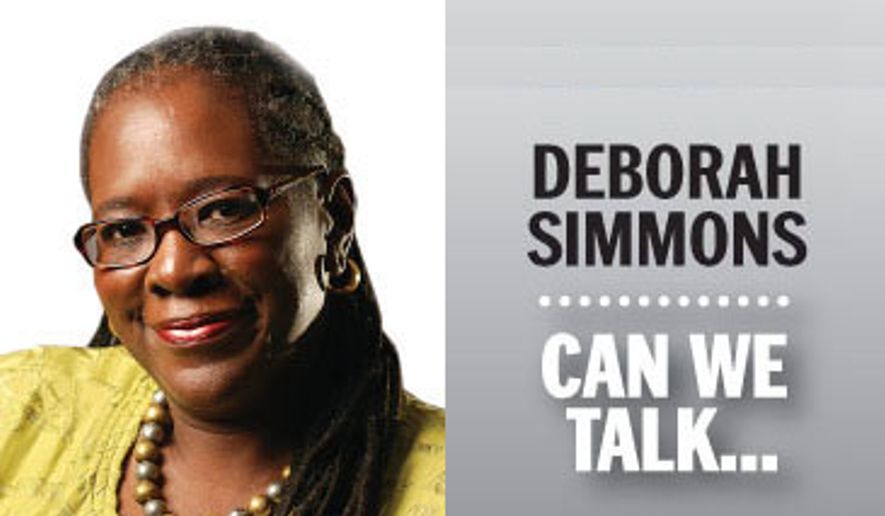ANALYSIS/OPINION
This is a story that began 150 years ago.
Americans everywhere over the next several days will be honoring U.S. military men and women whose sworn duty is to help keep us safe. Most of the honorees will be men, because women are an afterthought.
That certainly was the case with Amelia Robinson Jones, 95, a Tuskegee Airwoman who only recently — in April of this year — was presented with the Congressional Gold Medal.
The story of Mary Edwards Walker, a physician and native New Yorker, is entirely different.
After graduating from Syracuse Medical College with a medical degree in 1855, Walker married, and the couple started a medical practice. Well, that didn’t go over well. As you might imagine, men and women didn’t cotton to females doing traditional manly things — farming being exception No. 1 to the rule. By the time the Civil War began, Walker had taken such matters into her own hands, and the men went along.
She volunteered her medical services to the Union, and initially only practiced nursing because the Army had no female surgeons. Walker was at the Battle of Bull Run, the first major land battle of the Civil War, where, in the sweltering July heat of 1861, she tended to Union soldiers. In the nation’s capital, she nursed the dying, wounded and near-dead at the Patent Office Hospital, which now is operated by the Smithsonian Institution.
Walker also rendered medical services at the Battle of Chickamauga in Tennessee in 1863. The next year she was back in Virginia, where in Richmond she became a prisoner of the Confederates and held captive from April through August 1864. Within a month of her release, she was in Atlanta, where Gen. William Tecumseh Sherman’s men in blue overwhelmed Confederate forces. During the war, Walker also served as assistant surgeon assigned to female prisoners in Louisville, Kentucky.
Think about it: farm girl-turned-surgeon, Army volunteer, critical medic on some of the bloodiest battlefields of the Civil War, POW, undeniable patriot, a contracted surgeon — and the first ever for the Army — and dressed like a man (she had no use for frilly apparel and undergarments as a farm girl). After the war, Walker more stridently became a suffragist, prohibitionist, abolitionist and advocate of women’s rights. She also earned a measure of an arrest record for dressing like a man.
President Andrew Johnson recognized and paid homage to Walker’s patriotism, selflessness and medical skills by awarding her the Medal of Honor — the only woman so honored.
The date was Nov. 11, 1865. Walker was 32 years old. But boys being boys, this isn’t the end of the story.
Walker’s name was among 911 medal recipients that were removed from the Army’s Medal of Honor rolls in 1917 when Congress tied pensions to the honor. Walker continued to wear her medal until the day she died at age 86 in 1919, and President Jimmy Carter restored the medal posthumously in 1977.
One-hundred-fifty years later, and still only one?
Mary Walkers on the homefront
As we honor our war dead, let us not forget those who tend to our living heroes — the 5.5 million caregivers who, day after day, look after their medical needs and their home, family and finances.
Theirs is a full-time job.
Salute them too.
• Deborah Simmons can be reached at dsimmons@washingtontimes.com.
• Deborah Simmons can be reached at dsimmons@washingtontimes.com.




Please read our comment policy before commenting.